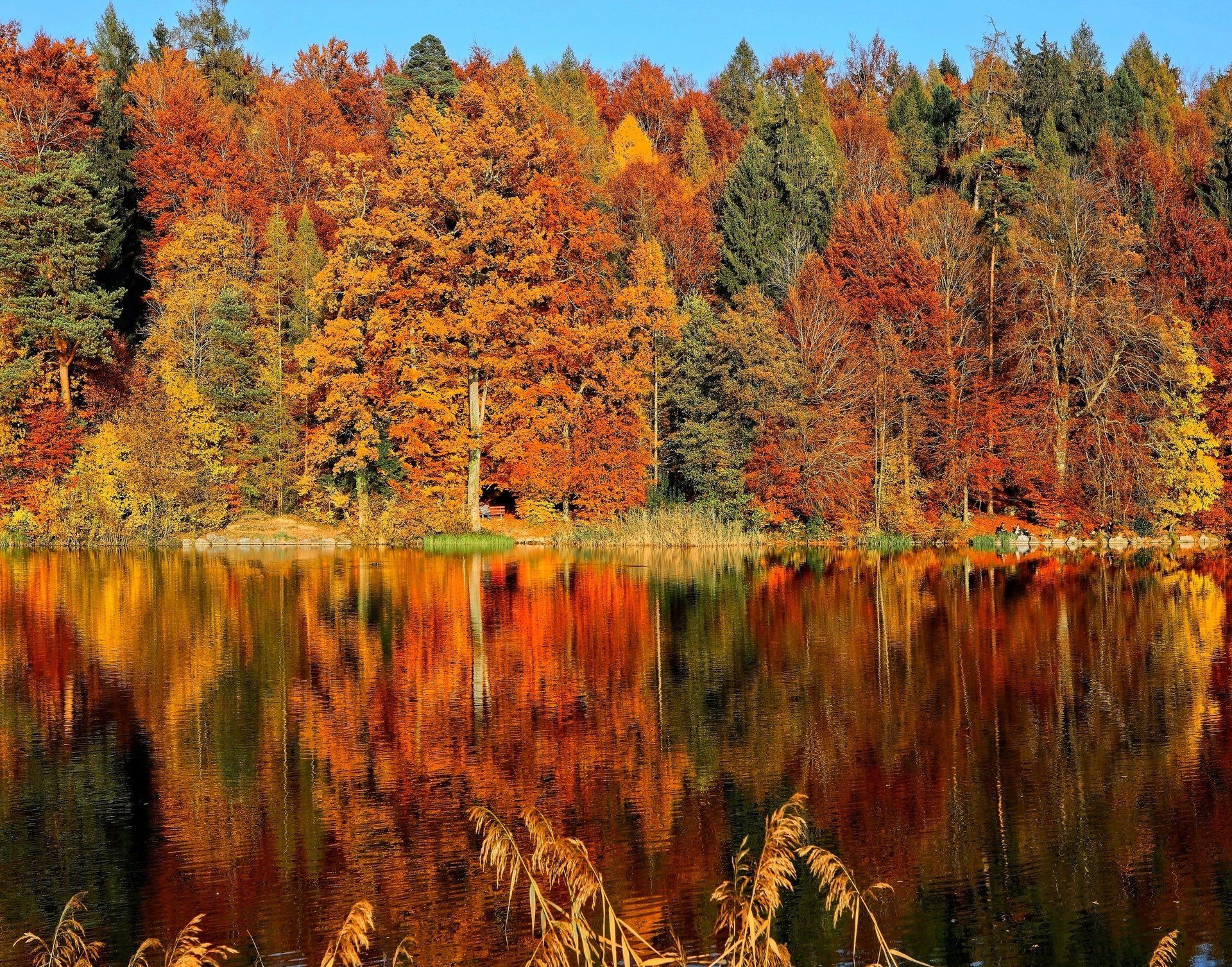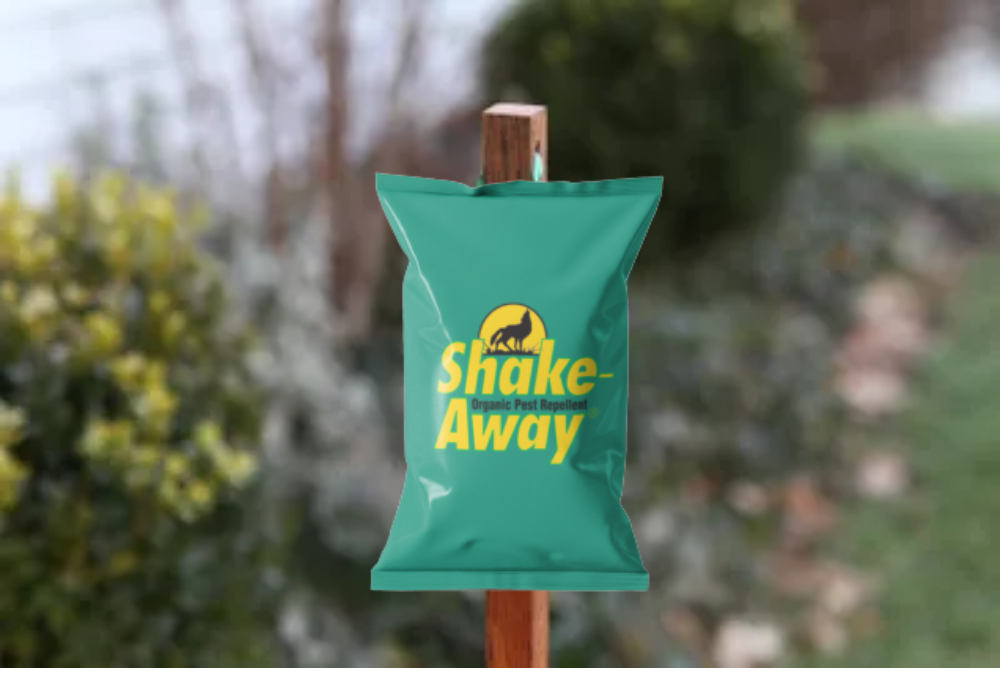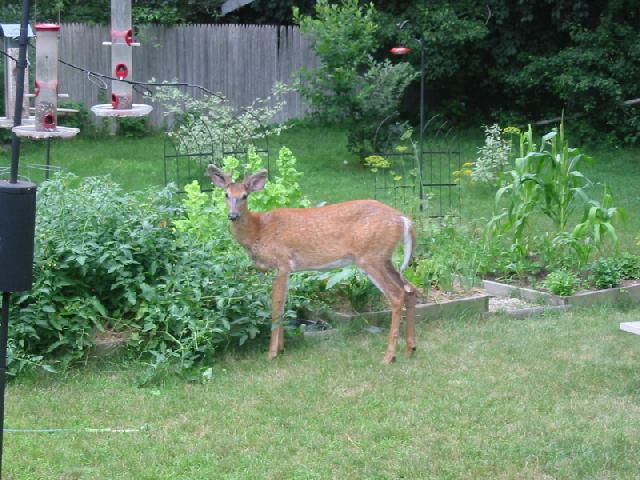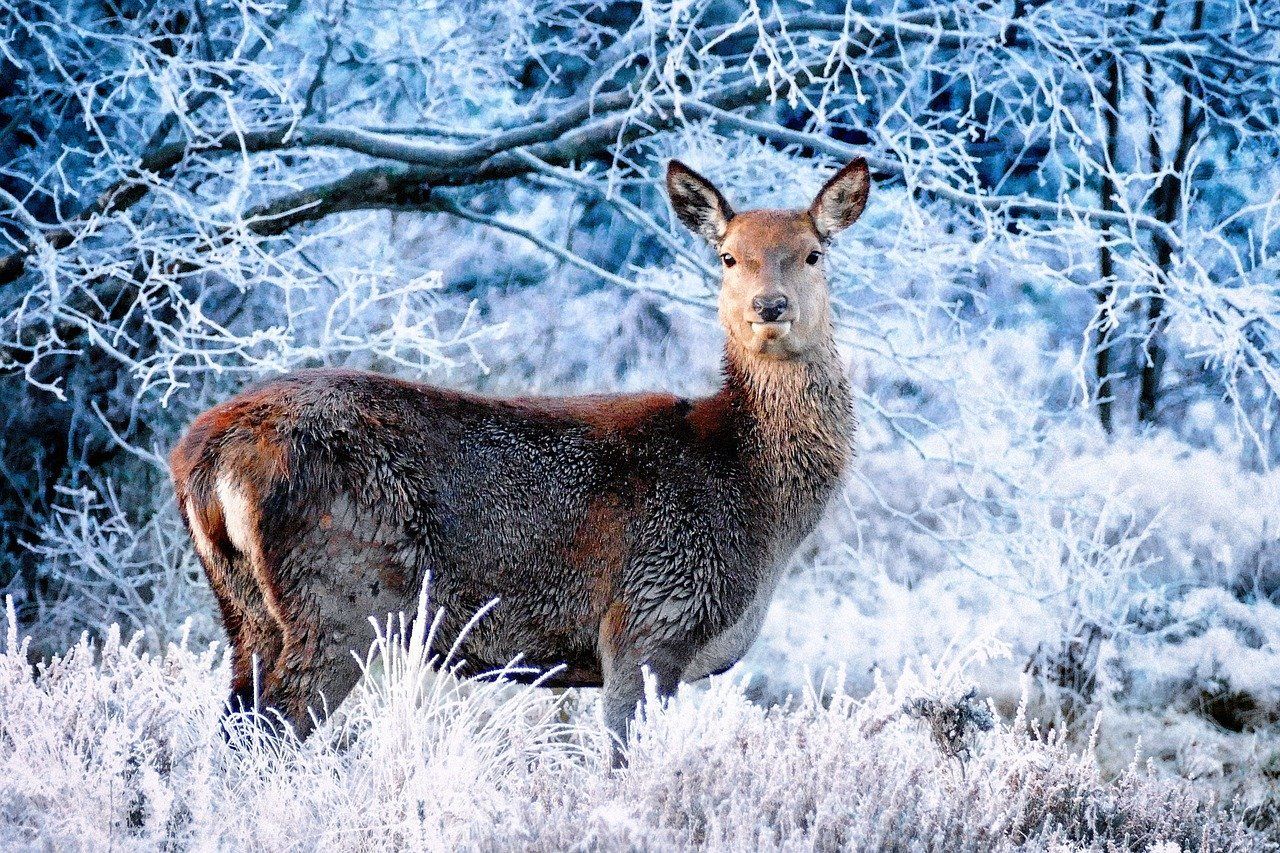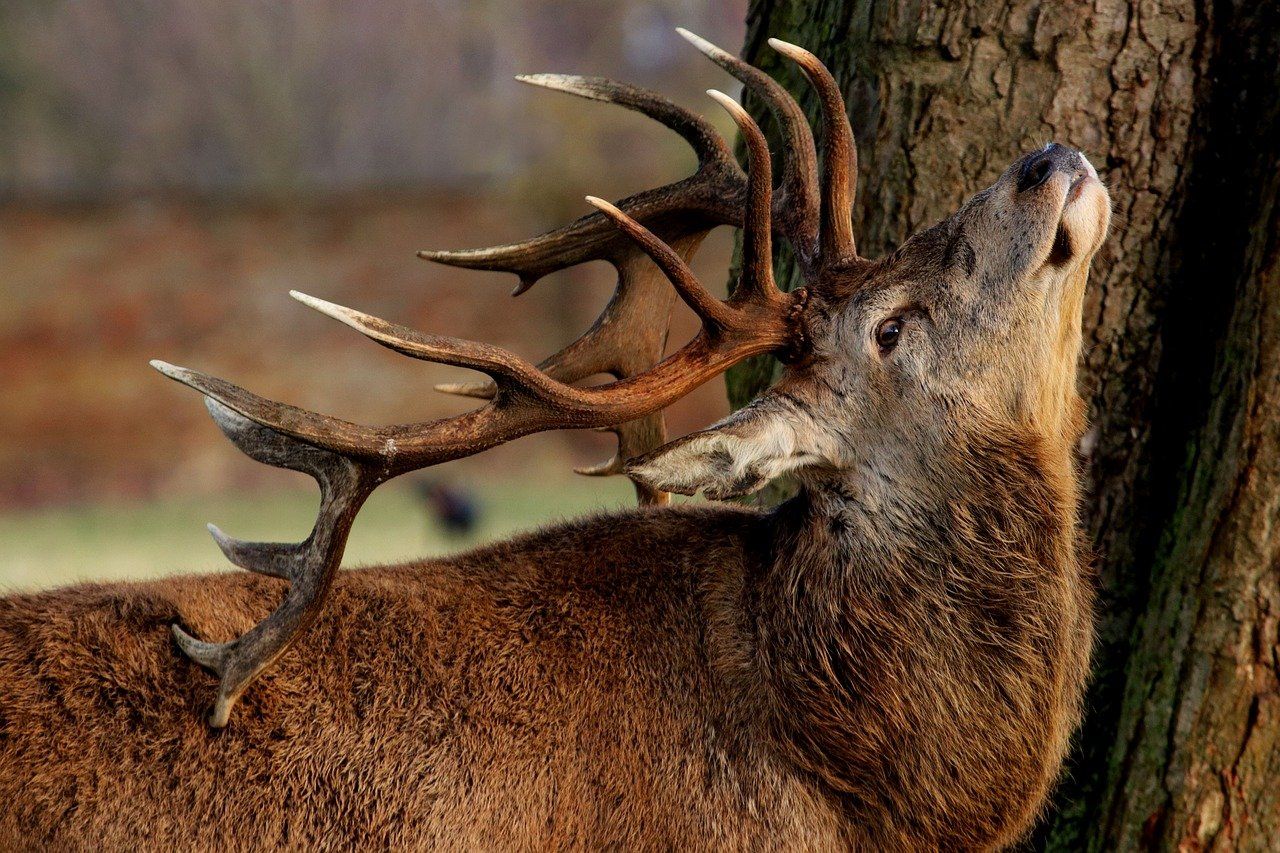Prevent Deer Damage to a Golf Course
Prevent Thousands of Dollars of Damage
Prevent deer damage to golf courses
Deer aren't only a problem for residential yards, they can create a lot of damage to commercial properties like golf courses too. Unlike other turf pests like cutworm, deer don't usually go for the grass on a golf course but prefer to devour all the additional ornamental plants that usually decorate a quality golf course and clubhouse.
>>>
GET RID OF DEER NOW! Click Here
<<<
Thousands of dollars are lost each year to this kind of deer damage to golf courses, and the smart managers know that an integrated approach to understanding deer behavior is a key point in keeping them off the property. There are 3 main points to remember about deer you should understand at the outset.
1. It's easier to prevent a habit than to break one
Deer are extremely bound by habits, patterns and routine, and once a certain golf course is on their radar as a place to eat, it is hard to change their minds. That is why it is crucial to have a good place and deterrents in place immediately before there is a serious deer population on the property. It also means that you have to be very consistent and not allow any new behavior to set it because you took a break.
2. Deer are smart and adaptable
Treating deer like "dumb animals" can easily be your downfall. Scare tactics are only a temporary fix as they will quickly realize that there is no threat and simply ignore them.
3. They are actually picky eaters
Though it might seem that deer eat anything, they really do have some preferences in terms of taste. So you can easily minimize damage by deliberately planting things that the deer aren't going to eat.
Using this information can help you keep deer from doing damage to a golf course in two main ways: plant selection and scented repellents.
For the first option is easy enough, though some of the loveliest ornamental flowers are favorites among deer. Just be aware that no plant is completely deer proof as deer will be a lot more tolerant of unpleasant plants when they are hungry enough. Choose plants such as:
- Marigolds
- Cosmos
- Sedums
- Daffodils
- Ornamental grasses
- Alliums
- Ageratum
At the same time, you should make a particular effort to avoid the plants deer really love, such as tulips, roses, hostas, pansies, and impatiens.
When planting your decorative annuals, keep the flower beds small and in areas where there is a fairly high level of human traffic.
>>> GET RID OF DEER NOW! Click Here <<<
After that, look to adding some repellents to your deer management plan. To protect a property like a golf course, going with a homemade or DIY product is not an efficient option. You also want to stick with a product that isn't offensive to your human guests either. Nobody will want to spend time on a golf course that smells like rotten eggs.
Choosing a scent that will repel deer, like one that smells like a predator is a good choice. A liquid application is fine but will require more frequent use due to rain or other weather conditions. Granular or weather-proof repellents are better for commercial use.





